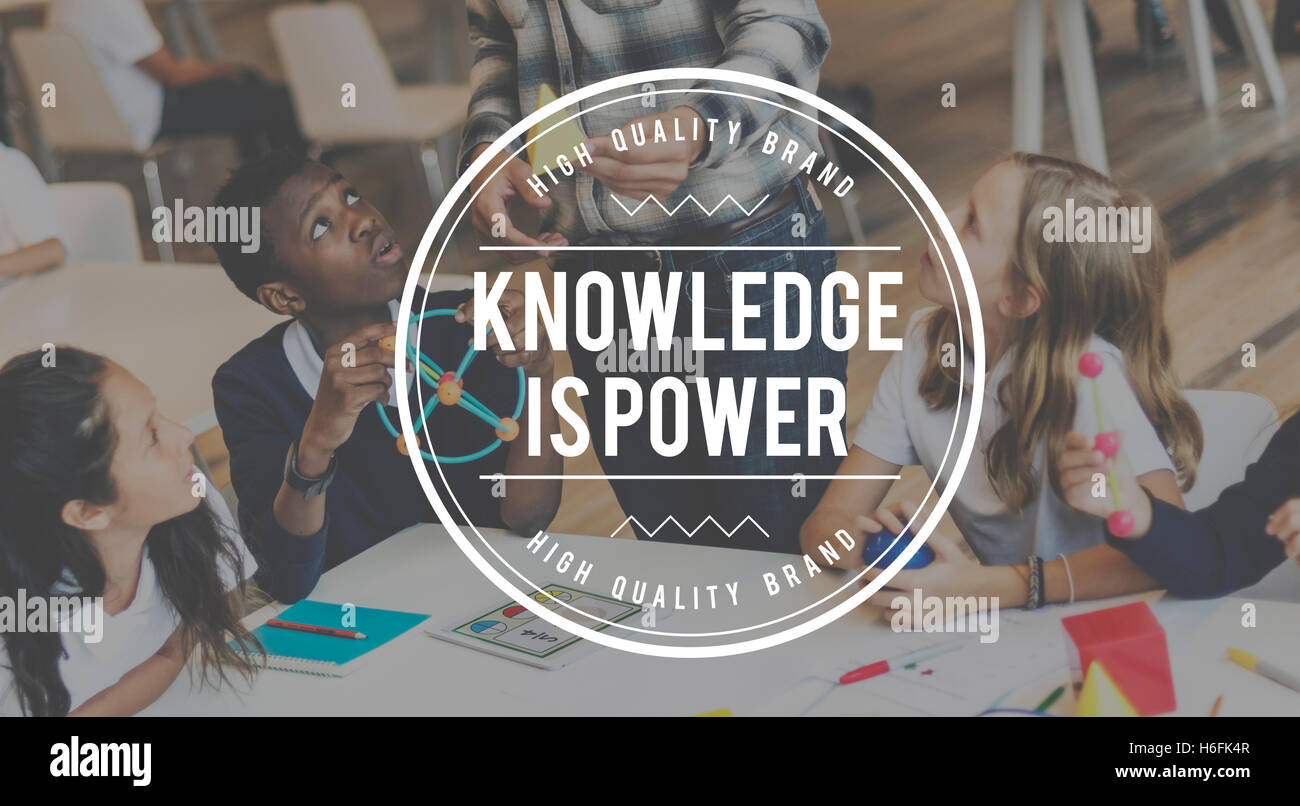The Role of Education And Learning in Structure a Comprehensive Educational Website for All
The function of education in developing a comprehensive instructional website for all is progressively recognized as essential in today's varied society. This query welcomes further expedition right into the characteristics of academic equity and performance.
Relevance of Inclusivity

When educational websites prioritize inclusivity, they produce a culture of belonging where every pupil really feels valued and equipped. This environment urges energetic involvement, cooperation, and mutual respect amongst learners, assisting in stronger interpersonal connections. Comprehensive methods add to improved scholastic end results, as pupils are more likely to engage with the curriculum when they see their identifications reflected and valued - School Drillers Education Insight.
In addition, inclusivity prepares trainees for a diverse labor force and culture, equipping them with the skills needed to browse and add favorably to different environments. By accepting inclusivity, instructional sites not only fulfill their moral commitments however also enhance the academic landscape, inevitably profiting trainees, teachers, and the community at large. Therefore, cultivating inclusivity is necessary for the development of fair and effective education.
Leveraging Technology for Understanding
Incorporating technology into educational websites boosts inclusivity by providing varied discovering devices and sources customized to private demands. Digital platforms permit the assimilation of multimedia resources, such as video clips, interactive simulations, and gamified finding out experiences, which accommodate varying finding out styles. This ease of access guarantees that learners can engage with web content in manner ins which reverberate with them, promoting a much deeper understanding of subject issue.
In addition, modern technology helps with real-time feedback and individualized discovering paths. Through adaptive knowing innovations, instructional sites can analyze private efficiency information, enabling tailored web content shipment that fulfills each student's pace and efficiency degree. This approach not just improves interaction yet additionally encourages trainees to take possession of their learning trip.

Cutting-edge Training Approaches

One prominent technique is project-based learning (PBL), which motivates students to participate in hands-on tasks that deal with complicated concerns or obstacles. This method cultivates collaboration, imagination, and problem-solving abilities, all of which are necessary in today's workforce. Flipped classrooms have acquired traction, where conventional understanding is reversed; trainees examine lecture materials at home and engage in interactive tasks throughout course time, promoting deeper understanding and retention.
An additional considerable pattern is the integration of gamification right into education and learning. By integrating video game aspects into lessons, instructors inspire learners and improve participation via competition and incentives. In addition, separated instruction tailors discovering experiences to meet the varied demands of students, permitting customized knowing courses that adjust to varying abilities and rate of interests.
Cooperation and Community Structure
Regularly, collaboration and area structure are identified as vital components of reliable education and learning, cultivating a inclusive and encouraging understanding setting. These aspects develop a framework where students, teachers, and area participants can participate in significant interactions, improving the academic experience for all individuals.
Collaboration urges the sharing of concepts, resources, and experience, promoting a richer discovering process. This dynamic helps to damage down silos within the instructional environment, advertising interdisciplinary approaches that can resolve intricate issues. By collaborating, instructors can establish ingenious educational programs that reflect diverse point of views while fulfilling the different requirements of trainees.
Area building goes together with cooperation, as it grows a feeling of belonging amongst all stakeholders. They are a lot more most likely to invest time and resources right into collective objectives when individuals feel attached to their educational area. This common dedication can cause boosted inspiration, enhanced academic outcomes, and better retention prices.
Moreover, promoting collaboration and neighborhood building can additionally extend past the classroom, including moms and dads, regional companies, and organizations. These collaborations can supply assistance and resources that boost educational opportunities, inevitably adding to a more extensive academic site for all.
Gauging Success and Influence
The performance of partnership and area building in instructional settings can be analyzed via various metrics that measure success and effect. These metrics may include student engagement levels, academic efficiency, retention rates, and neighborhood comments. By utilizing quantitative data such as test scores and graduation prices, academic stakeholders can determine the total effectiveness of collective initiatives.
In addition, qualitative evaluations, such as studies and emphasis teams, supply useful understandings right into individual fulfillment and regarded advantages of community-building activities. On a regular basis tracking these metrics permits educators to recognize areas of strength and those requiring renovation, guaranteeing that collaborative initiatives continue to be concentrated and impactful.
Additionally, longitudinal research studies can assist gauge the long-term impacts of academic collaborations go on student outcomes and community development. These analyses can reveal trends over time, showing how continual cooperation fosters a setting conducive to finding out and advancement.
Eventually, specifying success in academic settings requires a diverse strategy, integrating both qualitative and quantitative data. By constantly reviewing the influence of cooperation and community-building initiatives, academic sites can fine-tune official website their techniques, ensuring they meet the diverse requirements of all stakeholders involved.
Final Thought
In verdict, education and learning offers as a cornerstone in developing a thorough academic site that focuses on inclusivity for all learners. Inevitably, the dedication to inclusivity and equity prepares students for success in a varied and interconnected world, strengthening the transformative power of education and learning.
The relevance of inclusivity in instructional sites can not be overstated, as it plays a crucial duty in fostering a learning atmosphere that suits varied backgrounds and capabilities. Inclusivity guarantees that all pupils, regardless of their socio-economic condition, ethnicity, gender, or finding out capabilities, have fair accessibility to instructional sources and opportunities.When academic sites focus on inclusivity, they create a culture of belonging where every trainee really feels valued and empowered. By embracing inclusivity, instructional sites not just accomplish their ethical commitments however also improve the academic landscape, inevitably benefiting trainees, educators, and the neighborhood at large.The performance of cooperation and community structure in academic settings can be analyzed Read Full Article via different metrics that measure success and impact.